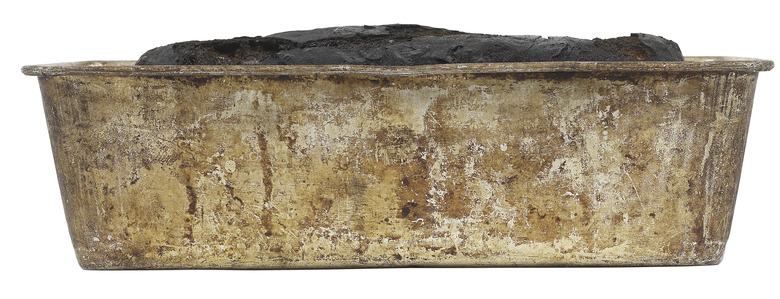What Is The Black Residue On My Aluminum Pans?
Aluminum pans are quite common because aluminum is an inexpensive metal that is light and that transfers heat evenly. You might notice that the aluminum pan is developing black or dark gray marks on it. These marks are a natural byproduct of the aluminum oxidation process. You can do some things to prevent oxidation from forming and you can remove it, but it inevitably will occur on non-anodized aluminum pans.
Oxidation
Oxidation
Oxidation is a natural chemical process that occurs as a result of the aluminum reacting with air. You might notice that your hands get covered in black or gray residue whenever you handle the pans, or you may notice the oxidation on the pan if it has been stored for a while. Oxidation also can be caused by acidic foods or washing the pan in the dishwasher.
Using the Dishwasher
Using the Dishwasher
Some things will encourage oxidation, including putting your aluminum in the dishwasher. Dishwashers can cause aluminum objects to rub up against each other, which will accelerate the oxidation process, and cause black and gray marks to appear. Prevent this by hand washing the aluminum or by placing aluminum items far apart inside the dishwasher.
Cooking Acidic Foods
Cooking Acidic Foods
Acidic foods can cause damage to many types of metal, and sometimes the metal can even transfer a metallic taste to the acidic foods. For this reason, don't cook acidic foods, such as tomato sauce, in an aluminum pan. The pan will develop black or dark gray streaks in it.
Remove Black Residue
Remove Black Residue
To remove black residue, fill the pan with 5 cups water and add 5 tbsp. white vinegar. Boil the white vinegar solution in the pan for several minutes until the water becomes very dark. Pour the solution down your drain and repeat the process until the black residue is gone. Scrub the outside of the pan with a scrubbing pad soaked in white vinegar to remove black stains.
